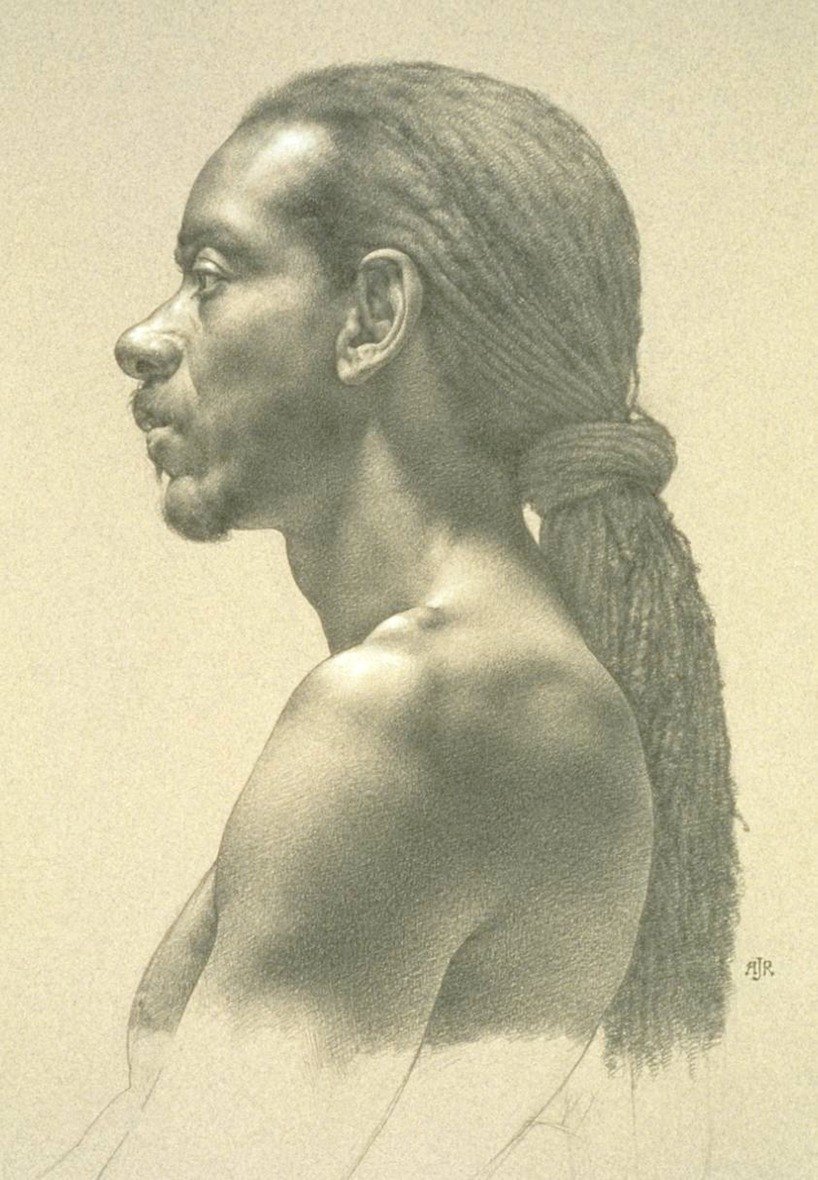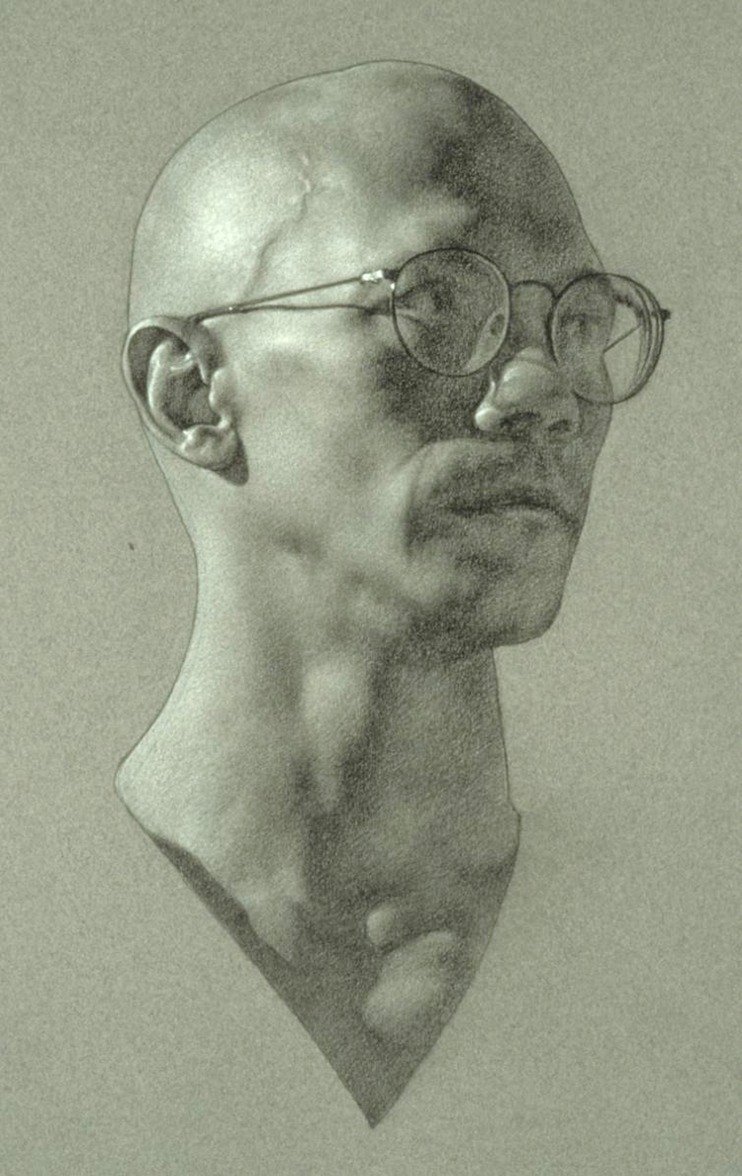
Portrait Drawing in Pencil -Rescheduled due to the Omicron surge
Sign up for both drawing and painting workshops, receive a discount.
Form, Light, and Craft
Please register Now.
August 7-18, 2023
Dates: August 7-11, 2023
Dates: August 14-18, 2023
(In the BACAA Studio from the live model) 10 Days Each
Hours: 11:00-5:15 p.m. daily excepting weekend.
Lunch: 1:30 p.m -2:00 p.m.
BACAA Tony Ryder 2022 Registration
Portrait Drawing
2 week portrait drawing workshop:
Week 1: pencil on white drawing paper.
Week 2: pencil and white chalk on tinted paper, optional. Different model, week 2. Poses:
Day 1: 40 min.
Day 2: 1 day
Days 3-5: 3 day
Days 6-10: 1 week
Class description: A two-week course in the fundamental principles of long pose portrait drawing in pencil on white drawing paper, and in pencil and white chalk on tinted paper. All levels.
The lecture/demonstration, and the arc of the class, will follow the program specified below.
Week one on white paper. Week two on tinted paper.
Portrait drawing starts with the block-in, a two-dimensional shape. We begin the construction with points related to one another by distance and direction. These relationships are the basis of the line segments, each having a length and a tilt, with which we build the block-in. First we block-in the big shapes, of the head, neck and shoulders, then we proceed to divide these into lesser shapes, meanwhile refining our point-to-point relationships. I this way we find and draw the face and the features.
Into the block-in, from the beginning, we incorporate our sense of the energy of the dynamic movement curve. This energy flows in and in between the lines of the block-in like an electric current generating a magnetic field. It is from this inner, hidden curve that all the forms of the body trace their origin.
The body consists of convex forms, and in the contour, which follows and replaces the block-in, we draw these. Each convexity originates, flies up, peaks at a high point, and falls back to its insertion point. These correspond to the forms of the body which we see in the silhouette, which we draw with line. We refer to this as the outside shape so as to distinguish it from the inside work of modeling.
The inside work is based on an understanding of light and form, for which purpose the demonstration dwells for a period on the elements of light and shadow as we perceive them under a single, directional light source. Imagining and drawing a sphere, we start with the proposition that such an object, in the available light, would present us with realms of light and shadow, separable, if we look carefully, by a line, called the terminator. If our sphere were to sit on a plain, it would cast a shadow, which would likewise be separable with a line from the light, which we call the cast shadow edge.
Each of the two realms is illuminated, the light side by the primary light source, the shadow side by reflected light. As the convex forms of the body turn away from the light, they darken, until they turn entirely away from the light at the terminator. As they continue to turn, they do so toward the reflected light. Thus the terminator is a dark passage from light to light. The form is modeled in both the light and shadow. The matter of the cast shadow is taken up, and explained as well. In the light, the dark light, light light, and highlight are explained. Using the language of light we express the form.
Following the light demonstration, we continue with the drawing, searching out terminators and cast shadow edges. These form the backbone of all the shading to be done. When the shadows have been found, they can be lightly washed in. A demonstration of hatching and cross hatching, and of other swirly pencil strokes, accompanies the the introduction of shading. The range of values to be had, and the management of the paper, are discussed along with pencils and erasers.
In particular, dark to light hatching progression, the multiple overlapping of progressions, and the appearance of a continuously curving surfaces, these subjects having to do with the modeling of the form, are gone into in great depth.
All phases of the drawing process are demonstrated extensively, again and again, from beginning to end. Questions are encouraged.
In the case of the drawing on tinted paper, the same demonstration will be repeated, with additional methods specific to white chalk.
Drawing COST: $1,590.00 (10 Days)
Discount if you sign up for both Drawing and Painting ($2950)
BACAA Tony Ryder 2022 Registration
All tuition fees are nonrefundable and nontransferable
Registration form/Terms and conditions must be completed and agreed to, or signed prior and emailed prior to attendance
Pay by Cashiers Check, Bank Bill Pay, Zelle®, Credit Card, or PayPal
We do not accept Personal Checks.
We do not accept cash.
Partial Payments are not accepted.
Pay by Zelle® at info@bacaa.org
Pay now via PayPal or Credit Card
All tuition is non-refundable and non-transferable.
Please send checks and packets to the BACAA BUSINESS ADDRESS:
969 G Edgewater Blvd
Foster City, CA 94404|
~~~~~~~~~~~~~~
BACAA STUDIO ADDRESS
345 Quarry Rd
San Carlos, CA 94070
Contact: info@bacaa.org
650-832-1544

View fullsize
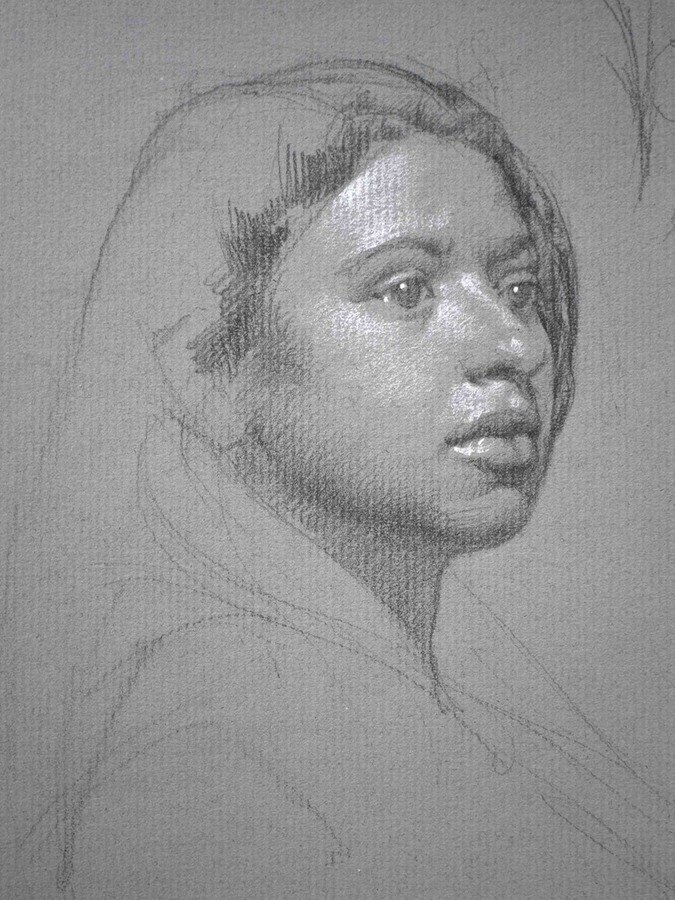
View fullsize

View fullsize
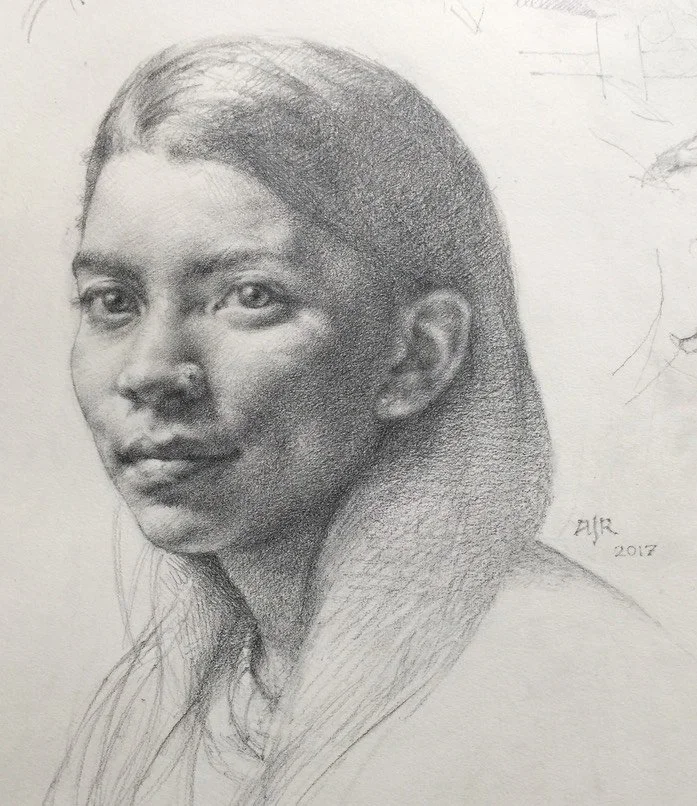
View fullsize
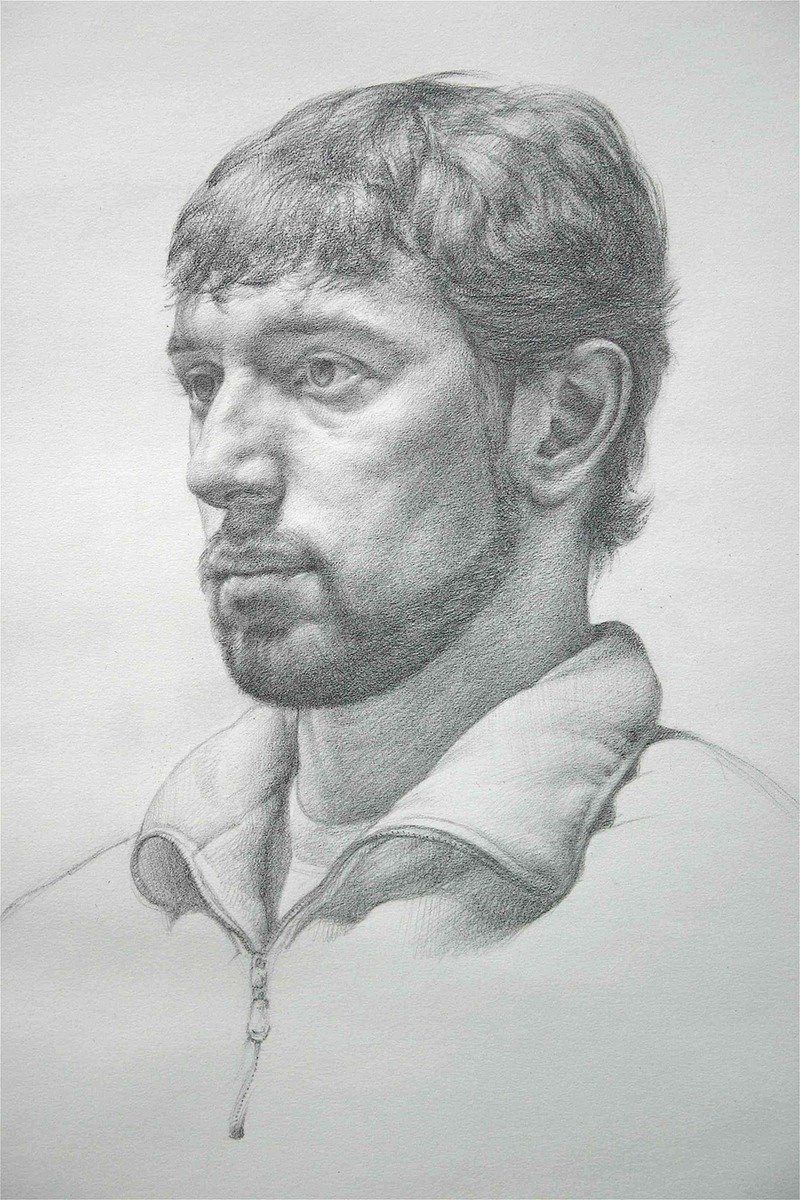
View fullsize
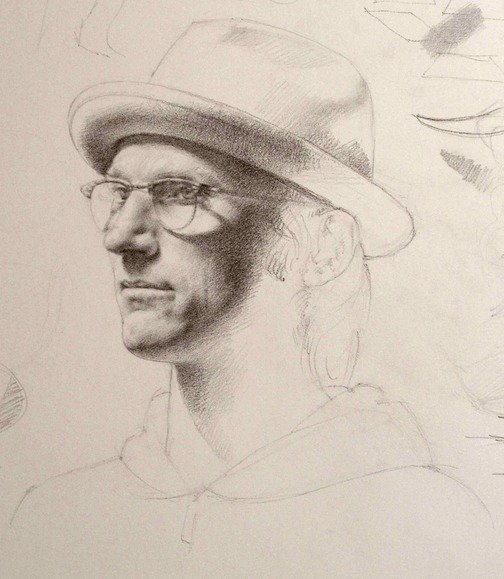
View fullsize
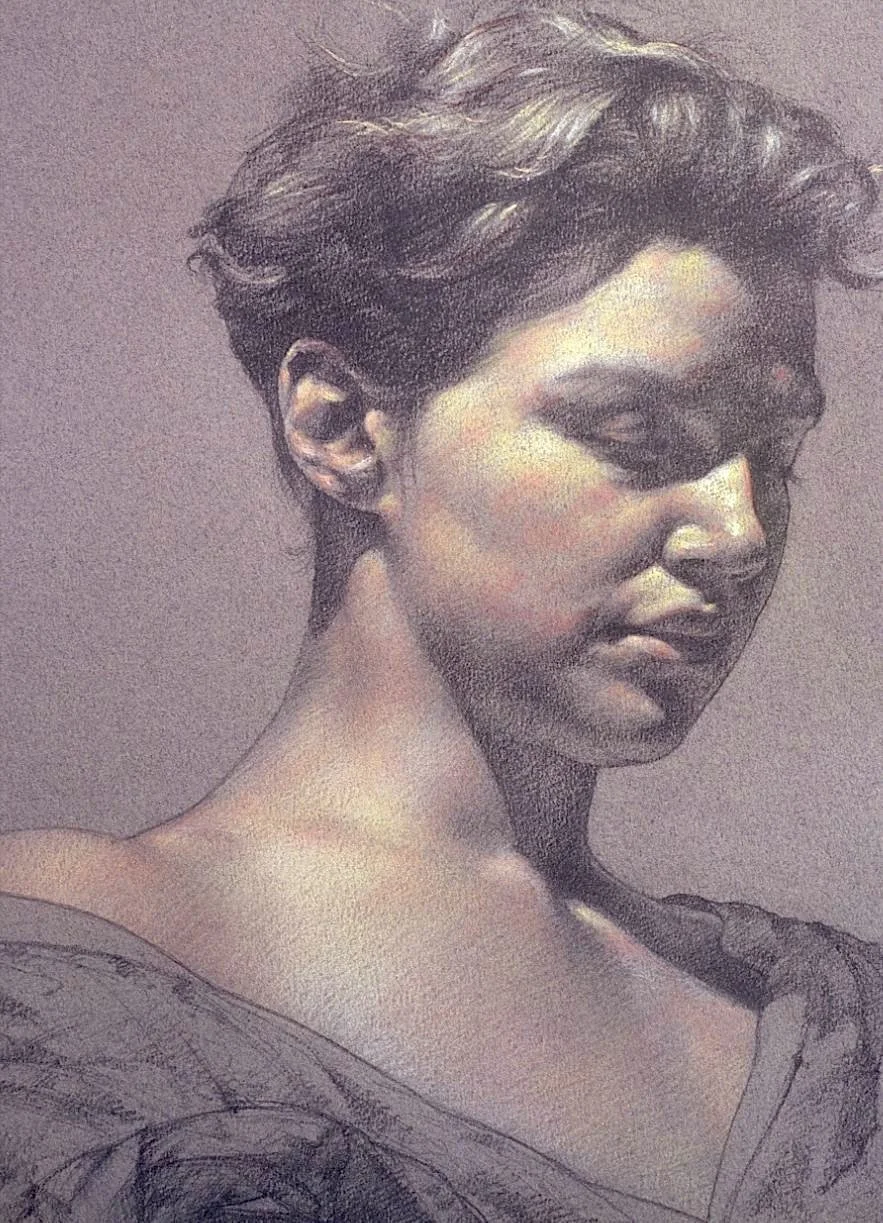
View fullsize
